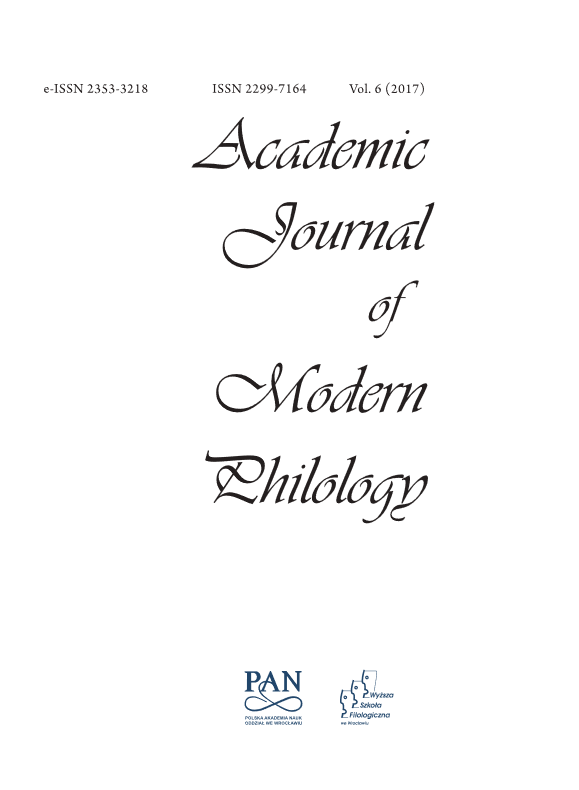When Do Nouns Control Sentence Stress Placement?
When Do Nouns Control Sentence Stress Placement?
Author(s): Aleksander SzwedekSubject(s): Language studies, Language and Literature Studies, Syntax, Lexis
Published by: Komisja Nauk Filologicznych Oddziału Polskiej Akademii Nauk we Wrocławiu
Keywords: sentence stress placement; neutral intonation; end-focus principle; givenness; contextual informationvalue of nouns; emphasis; contrastive/corrective interpretation
Summary/Abstract: The relation between sentence stress and grammatical category is not a new problem, but largely ignored in recent research, in which such related topics as given/new information, focus and its scope and sentence stress have often been misdirected and misconstrued. Sentence stress placement has traditionally been described in terms of two conditions: (i) the stress must fall on a contextually new lexeme; (ii) it must fall as far towards the end of the utterance as possible. The main claim of the present paper is that in neutral intonation, the place of the “neutral” stress, as contrasted with the “emphatic”/“contrastive”/“corrective” stress, is controlled by the contextual information value of the noun. The analysis of simple transitive sentences in English, German and Polish, each with a different syntactic structure, allows for the following, specific claims: (a) sentence stress must fall on the contextually “new” noun if such is present; (b) sentence stress must not fall on a contextually “given” noun; (a) and (b) lead to the conclusion that other grammatical categories, regardless of whether they are “new” or “given,” get the stress only in the absence of a “new” noun. It is also suggested that in some cases the prosodic parameters may be irrelevant in distinguishing “neutral” from “emphatic” stress.
Journal: Academic Journal of Modern Philology
- Issue Year: 2017
- Issue No: 6
- Page Range: 145-176
- Page Count: 32
- Language: English

